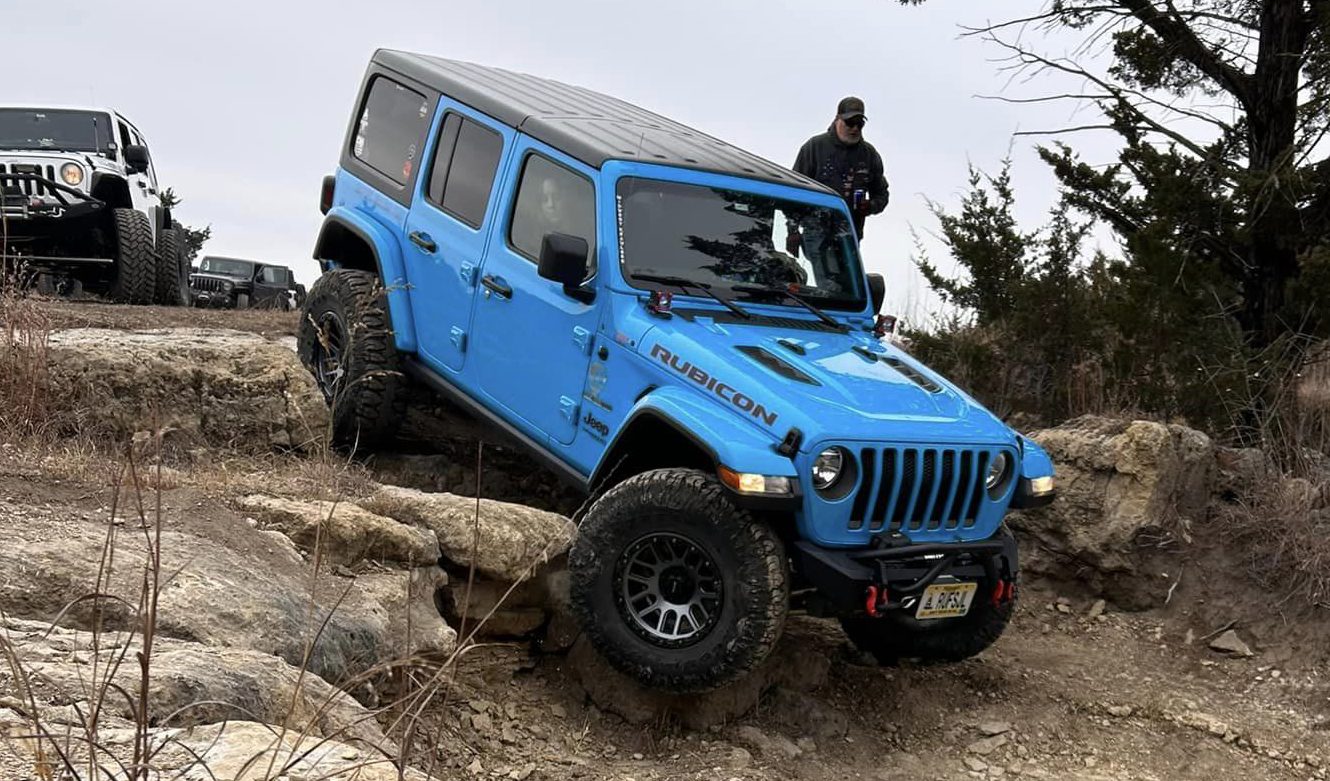Rock crawling is more than just conquering obstacle. Amidst the adrenaline rush and mechanical prowess, two crucial elements often determine success: choosing the right lines and heeding the guidance of a spotter.
The Art of Choosing Lines
The terrain, with its rocky outcrops and challenging formations, presents numerous paths, each varying in difficulty and risk. Picking the right line—the path your vehicle takes through the obstacles—is pivotal. Here’s how:
- Assess the Terrain: Before embarking on the crawl, survey the landscape. Look for potential lines that seem more feasible based on your vehicle’s capabilities and the challenges presented.
- Evaluate Obstacles: Identify the size, shape, and potential pitfalls of each obstacle. Assessing angles and the degree of difficulty can aid in selecting the optimal line.
- Vehicle Capability: Understand your vehicle’s limitations and strengths. Some vehicles might handle specific lines better due to their wheelbase, articulation, or clearance.
- Trial and Error: Experience breeds wisdom. Trying different lines and learning from failures is a crucial part of mastering the art of choosing lines.
The Spotter’s Crucial Role
The spotter, often a passenger or another member of the trail group, serves as your eyes on the ground. Their role isn’t just to give directions; it’s to ensure safety and offer insights that might not be visible from the driver’s seat. Here’s why their guidance is invaluable:
- Perspective: The spotter provides a vantage point different from the driver’s, spotting potential dangers or opportunities that might be obscured.
- Communication: Clear and concise instructions from the spotter are essential. They relay critical information to help navigate the chosen line effectively.
- Safety Net: A spotter acts as a safety net, guiding you away from potential damage to the vehicle or dangerous situations.
Importance of Trust and Communication
The relationship between the driver and the spotter hinges on trust and effective communication:
- Trust: Trust the spotter’s guidance. Their role is to guide you safely through obstacles, utilizing their experience and understanding of the terrain.
- Communication: Establish clear communication protocols. Simple gestures or spoken guidance can convey a myriad of instructions, ensuring seamless cooperation.
The Balance between Independence and Guidance
While the spotter’s guidance is invaluable, independence and driver intuition also play a role. A good spotter recognizes the driver’s expertise and allows them to exercise their judgment while offering support when needed.
Conclusion
Rock crawling is a delicate balance between technical prowess and the communication between driver and spotter. Choosing the proper lines involves a blend of assessment, experience, and understanding the capabilities of both your vehicle and yourself. Equally important is heeding the guidance of a spotter, trusting their insights, and maintaining effective communication.

